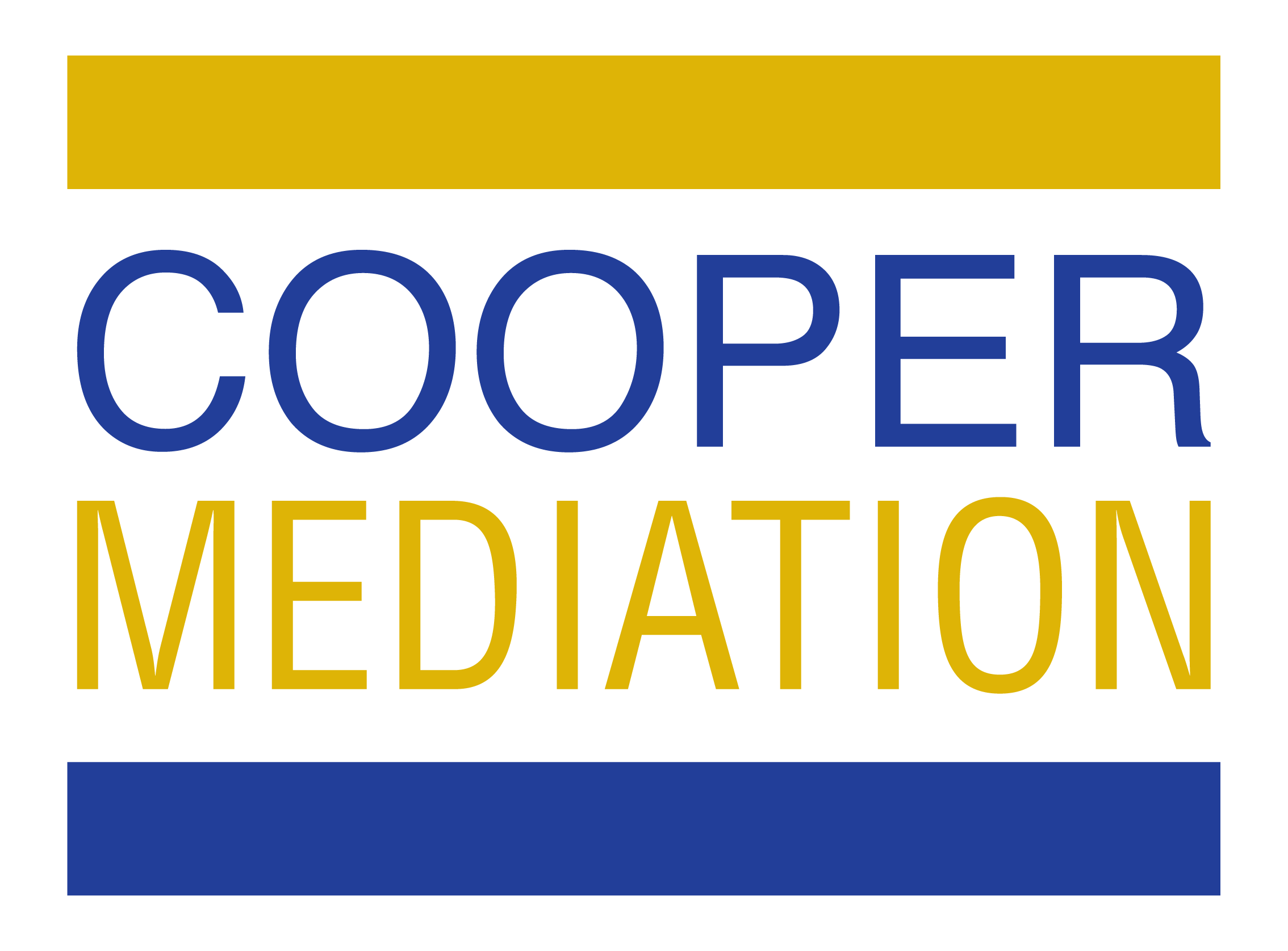
27 Sep The Art of Successful Communication In Mediation – Part IV: The Power of Stories
At some level, all strong communicators are good storytellers; good storytellers will tell you that a story must have a purpose and follow a path. Knowing what you want to say is a precursor to everything that follows, but deciding on a path to convey your message and leading your audience down that path is most often where communication failure occurs.
In this four-part blog series on tips for lawyers who want to successfully communicate in a mediation, we’ve explored active listening, non-verbal signals and verbal communication styles. In this final installment, I explain how a storytelling-based approach to mediation can be used to find resolution to conflict and transformation of what might be a troubled relationship between the people present at mediation.
PURPOSE AND KNOWING YOUR AUDIENCE
You want to achieve the best result possible for your client – but what is the client looking for? On the plaintiff side, your client may be motivated by: An apology? A sense of closure? Financial compensation? Simply the desire to be heard by the other party? On the defence side, your client may be motivated by: Keeping costs down? Making sure public image isn’t tarnished? Cutting down on caseload? By identifying your client’s primary end goal, you can take stock of where you and the other party/parties are when entering mediation and think of what’s needed to meet that end.
But as a storyteller, your client’s end goal is not your purpose. According to Nature.com:
“When you communicate, your purpose is not what you want to do; instead, it is what you want your audience to do as a result of reading what you wrote or listening to what you said. Thus, it involves the audience. To communicate effectively (that is, to achieve your purpose), you must adapt to your audience. Therefore, you must know your audience.”
In an adversarial setting, such as a trial, a “conflict story” is the most common narrative. “In the typical conflict story, the storyteller portrays himself as an innocent, powerless victim and his opponent as an insensitive, powerful evildoer,” Tom Stringer writes in a piece for Mediate.com. “The objective of this type of casting is to elicit sympathy for the storyteller, while the telling of the story serves to defend his position, to rationalize what he may have said or done.”
Often lawyers and their clients will bring this type of story to mediation. Is this the best approach? Ask yourself who else is sitting around the table, where are they coming from and why are they here and not in a courtroom?
In mediation the purpose is to bring all parties together to reach some form of satisfactory out-of-court settlement. Rather than trying to argue right versus wrong, lay blame, and adopt victim/aggressor positions, the story you bring to mediation should be informative to your audience. Hopefully, the other party or parties will present a similarly informative story.
A NEW PATH
As Ottawa-based mediator Kathryn d’Artois explains, “Storytelling is very much about the past.” It allows the parties present to offer their account of what brought them to this point and this setting.
Mediation is very much about the present and establishing a path for the future. In this way, collectively we are creating the next chapter in the story. A good mediator will thus validate the stories brought to a session, ask probing questions that will help to identify common areas of concern, and then reframe and synthesize the stories brought by participants.
“As the mediator encourages the introspection and empathy that naturally occurs in storytelling, a unified version of the story emerges, a version that tells a deeper truth, thus moving the parties towards resolution and transformation,” writes Stringer.
A HAPPY ENDING?
Ideally, every new story created in mediation would end with participants living happily ever after. This is not always the case and participants may still seek adjudication of a dispute through a court. There is a lot of value to approaching mediation with an open mind and actively listening to the stories brought by all participants and thinking about how you can turn the page together.
Above all, remember your audience and keep in mind that a story can be told in many ways. The version you bring to a mediation setting should be one that, while set in the past, is forward-looking.
ABOUT THE AUTHOR
 Jonathan T. Cooper is the taller, younger and non-bow-tied mediator with Cooper Mediation Inc. He mediates primarily, but not exclusively, in the area of personal injury and insurance.
Jonathan T. Cooper is the taller, younger and non-bow-tied mediator with Cooper Mediation Inc. He mediates primarily, but not exclusively, in the area of personal injury and insurance.
Jon can be reached at jon@coopermediation.ca or at (647) 993-2667. To schedule a mediation with Jon, visit: http://coopermediation.ca/jonathans-online-calendar/.
